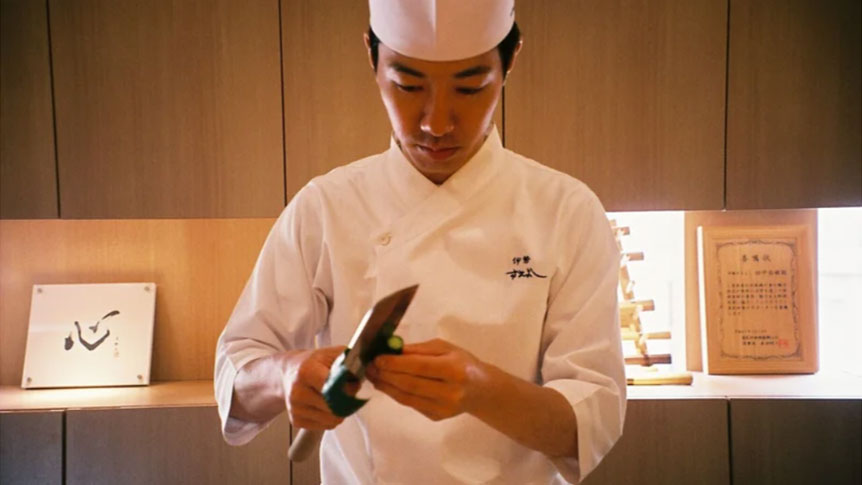
Tanaka's Ise Sueyoshi, the restaurant he opened when he was just 27 and which ranked ninth in the world on TripAdvisor last year, gets most of its ingredients directly from farmers and fishermen in Mie Prefecture. He says the food there is special, thanks to its climate and geography.
"It gets a lot of rain, so lots of minerals from the nearby mountains flow into the sea," he says. "That makes the seaweed and shellfish rich in nutrients, and those become food for bigger fish."
The region is home to one of Japan's biggest aquaculture industries, producing Ise-madai, abalone, and many other fixtures of high-end Japanese cuisine.
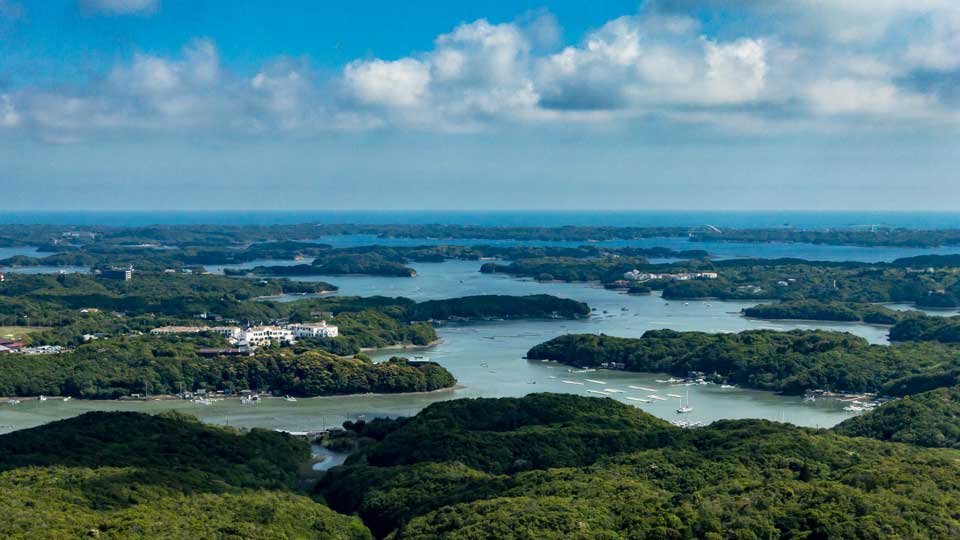
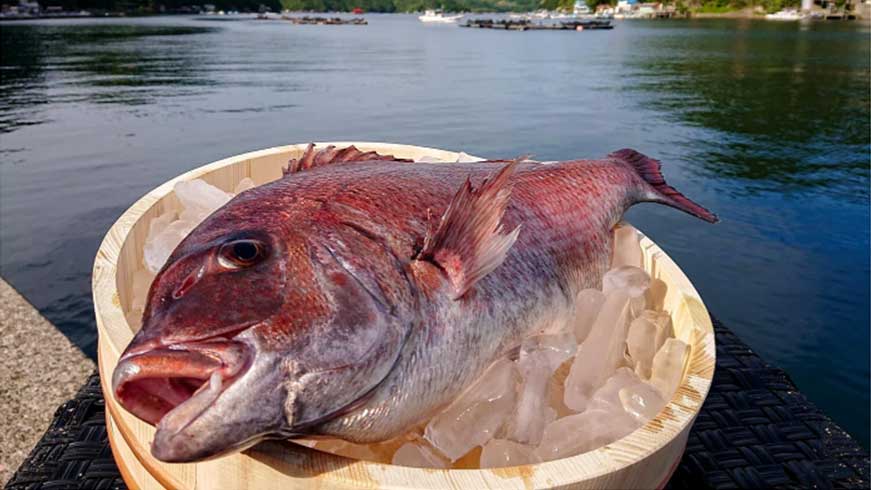
The bounty of Mie
Tanaka decided he had to do something to help the people who had underpinned his success. He began with that Ise-madai fishery, which had nearly 20,000 fish it couldn't sell.
He thought that if there wasn't enough demand for whole fish perhaps a frozen pre-made meal would be more popular, and he had just the recipe.
At Ise Sueyoshi he had been serving bowls of sea bream with chazuke, a traditional Japanese dish made by pouring green tea over rice. It was one of his summer signatures, and with the help of the fishery team, he determined the optimal time to cut and freeze the fish for a version that people could enjoy at home — by just adding hot water.
The items went on sale online and in stores across Mie Prefecture and proved an instant hit.
"It tastes so fresh, with none of the wateriness you might expect from a frozen product," says food writer Higuchi Naoya. "The soup is light but with such deep umami. It's a waste not to savor it."
The success of the chazuke has led Tanaka to start a new project called Mie no Megumi (The Bounty of Mie) with a broader mission to preserve the regional food culture by coming up with creative ways to use excess stock.
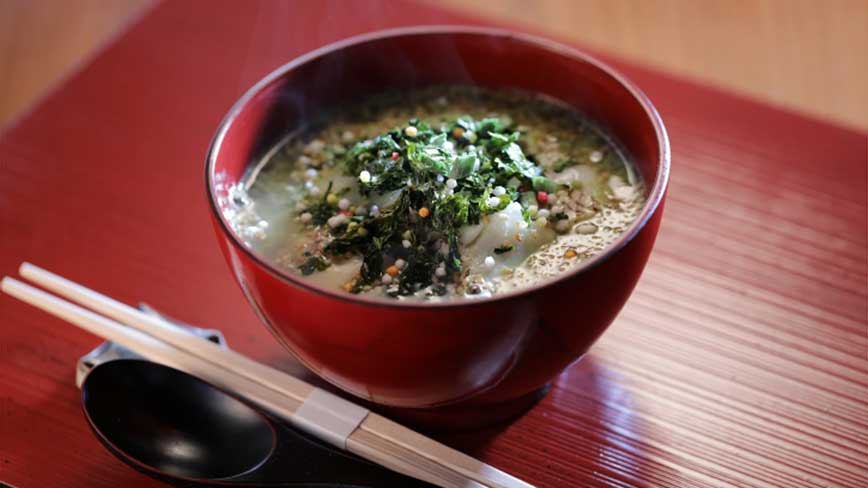
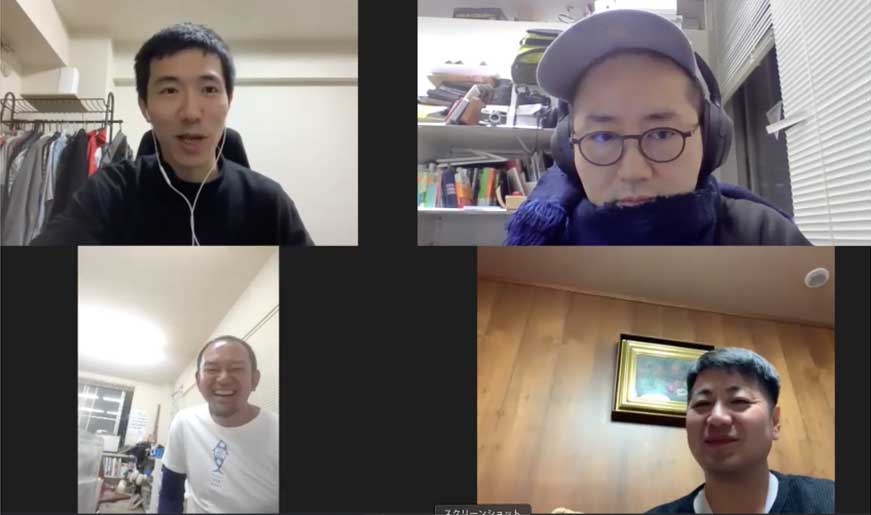
Tanaka enlists budding chefs
In November, members of the project hosted an online class for a high-school cooking club. Tanaka served as moderator, participating from his restaurant in Tokyo. He spoke about the pressure local producers are facing and the importance of supporting the industry by finding new ways to use the produce.
"We learned how important it is to connect with producers," says Sugimori Kuto, one of the students. "I knew about Ise-madai because we've used it in the club, but it was shocking to learn about what's happening now. I felt like we had to join the project and help Chef Tanaka come up with new products."
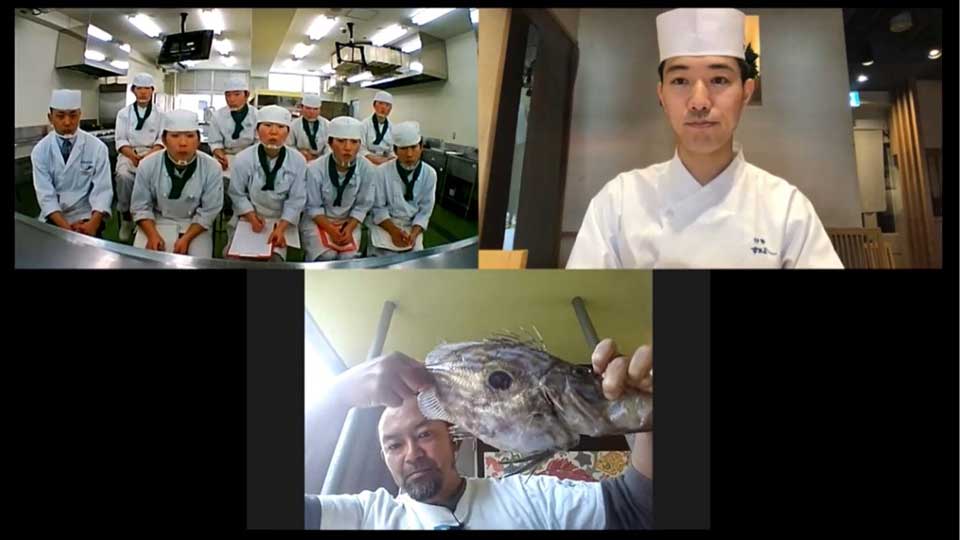
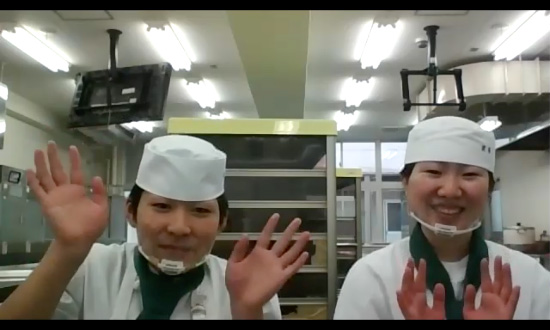
A new crisis
Tanaka and the students have now turned their attention to an even more ambitious project: to popularize a plentiful but little loved fish called gima, or short-nosed tripod fish. Though they are hauled from waters off Mie in vast numbers, their thorny and slimy skin make them difficult to handle. Fishermen are lucky to get five cents per kilogram for them.
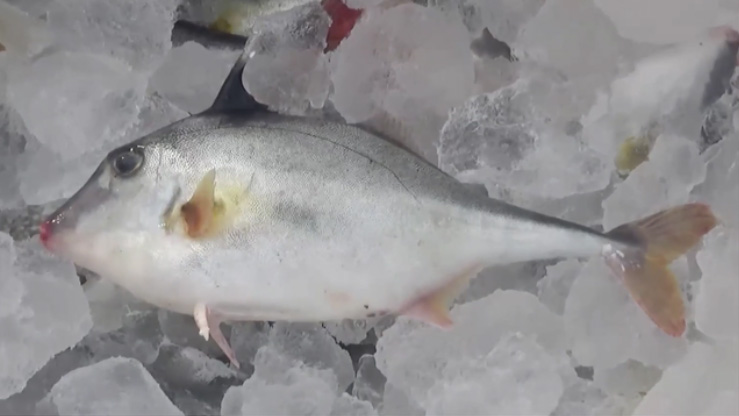
But Tanaka says gima are crunchy and delicious and he's encouraging the students to make them appealing to consumers. They are now trying to develop ready-made meals that make use of the fish, with the aim of getting them on local supermarket shelves.
One local fisherman who joined an online talk told the students that climate change is also having a major impact on what they can harvest.
Student Watanabe Hinami says the talk convinced her that they have a role to play in minimizing food waste.
"If we can think of a dish that makes use of unused fish, we can create the demand and contribute to a sustainable society," she says.
Tanaka and the students are documenting the project on social media to raise awareness of the problems.
Back in Tokyo, Tanaka's problems haven't abated. In January, the Japanese government declared a second state of emergency to deal with the spread of the coronavirus and called on dining establishments to shorten their business hours.
Ise Sueyoshi faces a difficult future, but Tanaka says it's allowing him to spend more time on his sustainability project. He says chefs are in a unique position to help in times like these, because they have so much influence on how people eat.

